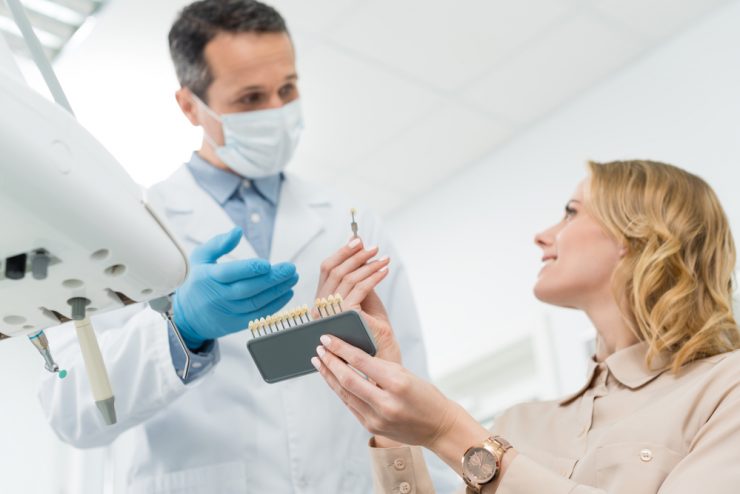Tendons are white, rubbery and tough cords which connect the body’s muscles to the bones. They assist in releasing the muscle power that is created due to contraction, in moving the joints and the bones. The inflammation of these tendons is known as tendonitis.
Tendons are generally covered by a synovium, which is a casing of tissues to protect and lubricate the tendons. Tendonitis affects this sheath more than it affects the tendons. This condition is called tenosynovitis, which occurs simultaneously with the tendonitis. There is a greasy liquid situated between the tendon and the synovium which assists the tendon in moving around with ease and to pull on the connecting bones. The tendons most prone to this condition are the ones at the elbow, finger, shoulder, wrist, knee, back of the heel and the thigh.
Symptoms of Tendonitis
The symptoms are based upon the tendon, and the severity of inflammation. The most common symptoms are: pain in the affected area which increases if you move it, a crackling or a grating sensation in the tendon when it moves, redness or heat in the areas around the tendons, a weak feeling in the affected area, a small lump in the tendon’s line which can be felt, constrictions when moving the area, a stiffness in the tendon region, changes in the positioning of the area, or a divergent gap in the tendon area.
Causes of Tendonitis
This condition is most commonly caused due to the overuse of the tendon, or due to injury to the tendon. It is found very often in sportspersons, as they use these tendons repetitively, leading to a repetitive strain injury. Sometimes, tendonitis is also connected to certain other medical cases like gout, diabetes or even rheumatoid arthritis.
Diagnosing Tendonitis
Tendonitis is diagnosed based on a physical check-up after hearing about the symptoms. If the greasy fluid between the tendons becomes dry, it can be heard using a stethoscope due to friction inside the area. Calcium sediments on the tendon or around it can be seen via an x-ray or ultrasound scan.
The most common possibilities of tendonitis are
Achilles tendonitis – occurs between the calf muscles and the heel of the leg.
Calcific tendonitis – a disorder occurring in the tendon cuffs round the shoulder muscles due to a store of calcium.
Rotator cuff tendonitis – occurs if the tendons that assist in lifting ones arm tears causing an inflammation.
Suprastinatus tendonitis – occurs in the connection between the suprastinatus muscle and the bone.
DeQuervain’s stenosying tenosynovitis – inflammation of the sheath covering the tendon of the thumb.
Treating Tendonitis
Inflammation of the tendons can last few days, to weeks or even months if not treated on time. The first thing to do is discontinue the activity that caused the tendonitis, as in the case of sportspersons. Treating the tendonitis involves using non-steroidal drugs which are anti-inflammable, and various types of analgesics which assist in reducing inflammation and pain. Antibiotics are also prescribed in case the condition is caused by infections. The major factor to curing tendonitis is to rest the affected area completely.
Preventing Tendonitis
The basic thing to avoid tendonitis is to keep from repetitive use of the tendon areas and to exercise the tendons regularly. Sportspersons have to take special care as they are the ones most prone to it.













